The US Library of Congress has an internet accessible gallery of vintage aerial views of towns, primarily from across the USA. The gallery can be searched by a number of different terms, but perhaps the most useful is by state or location at ;- https://www.loc.gov/collections/panoramic-maps/index/location/
Click here to go to the Library of Congress page for this view in another browser window.
Be aware that a number of download styles are available, including full size versions exceeding 100MB as downloads.
As an aid to the Maine Two Foot enthusiast to determine whether they wish to visit the LOC site to download their own copies, we show the following reduced copy views. Clicking on these pictures will show a larger version in your browser.
Bridgton, Maine, 1888.
This view shows the original Bridgton & Saco River railroad entering the town just below the ponds at the middle left. Note that the inset picture at the lower left is a coloured rendition of the black & white photograph published in many standard texts about the B&SR, including Jones’ Two Feet to the Lakes on page 36.
The pictorial view is notable for showing many of the Mills of Bridgton. Inspection of the full sized copy on the LOC site (at https://www.loc.gov/item/83694327/ ) allows the feint numbering of the mills to be read.
Click here to go to the Library of Congress page for this view in another browser window.
Monson, Maine, 1889.
This view is noteworthy for showing the tracks of the Monson railroad entering town, and then going to the individual slate mines beyond the station area.
The full size copy is available from https://www.loc.gov/item/73694689/
Click here to go to the Library of Congress page for this view in another browser window.
Kingfield, Maine, 1895.
This view shows the original Franklin & Megantic railroad entering Kingfield as a spur while the mainline bypasses the town in the background.
The full size copy is available from https://www.loc.gov/item/2002621454/
Click here to go to the Library of Congress page for this view in another browser window.
Wiscasset, Maine, 1878.
This view predates the building of the Wiscasset & Quebec two foot line, but does show the standard gauge line, town and wharves.
The full size copy is available from https://www.loc.gov/item/2002621455/
Click here to go to the Library of Congress page for this view in another browser window.
Gardiner, Maine, 1878.
This view predates the building of the Kennebec Central two foot line, but does show the standard gauge line on the opposite bank, the town and wharves. It also shows just how neatly the Kennebec Central was threaded through the existing landscape.
The full size copy is available from https://www.loc.gov/item/2002621455/
Click here to go to the Library of Congress page for this view in another browser window.
Laconia, New Hampshire, 1883.
Although not served by a two foot line, the interest in this view is the Laconia Car Company shown in the middle of town. This company built a number of items of rolling stock for the Maine Two Footers either directly or in a previous incarnation as The Ranlet Car Company.
The full size copy is available from https://www.loc.gov/item/2002621455/
Click here to go to the Library of Congress page for this view in another browser window.

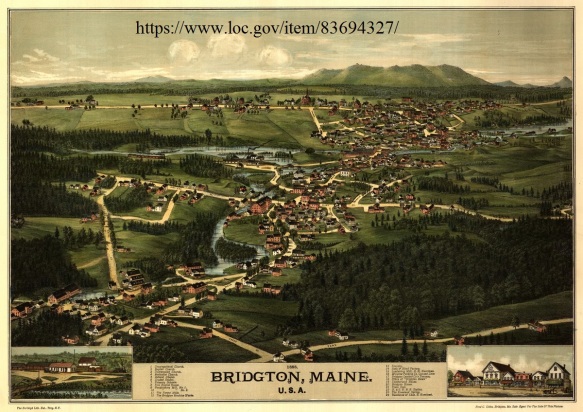

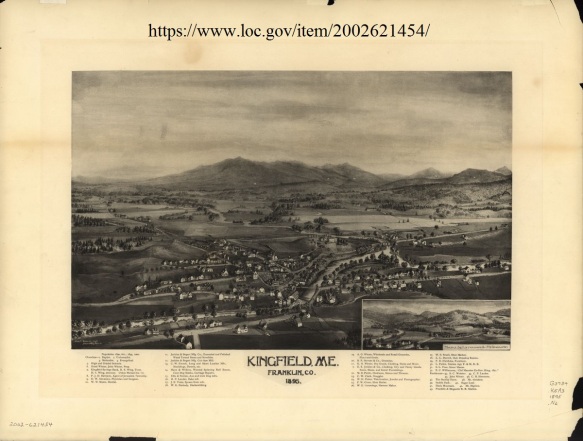
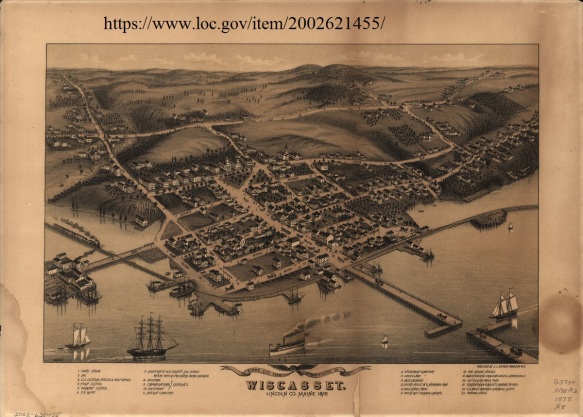


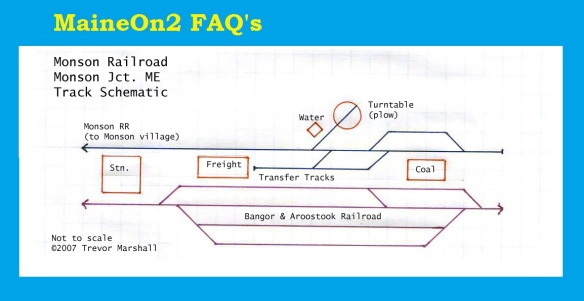


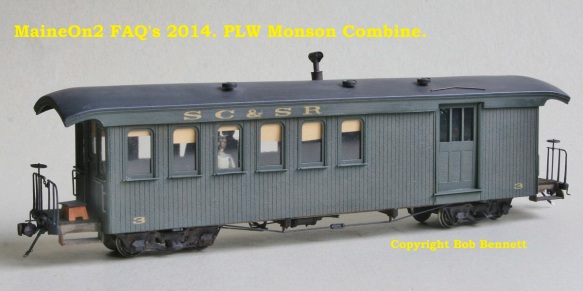
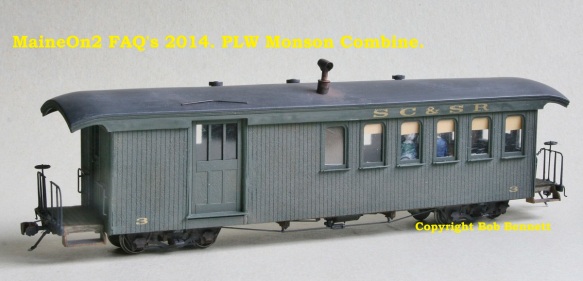

You must be logged in to post a comment.